For the last two years, UH leaders have worked toward today: Houston’s historic entry into the Big 12. While Cougar fans are excited to see what’s to come, remembering the dark days of the 1990s is vital.
This story is a companion piece to “Joining the Big 12 means world to University of Houston community,” the GoCoogs article that appeared on Dave Campbell’s Texas Football.
The Southwest Conference fell apart on February 25, 1994, when the Big Eight invited Texas, Texas A&M, Texas Tech, and Baylor to join the league. It was a disastrous day for UH, Rice, TCU, and SMU. But UH was different: a large, metropolitan public school that was left out while small private Baylor made the cut. Fans have always pointed to politics, and perhaps they are right. But there is another component rarely discussed.
UH’s situation was a disaster.
The year leading up to the breakup of the Southwest Conference was the worst in UH Athletics history: constant turnover, weak administration, NCAA allegations, worsening facilities, and little fan engagement. As SWC schools shuffled to get invited to join the Big Eight’s new power conference, Houston was positioned poorly and subsequently left out.
A year earlier, in March 1993, men’s basketball coach Pat Foster left for Nevada. After working for an interim AD for five months, Foster bailed after an NCAA snub and a first-round NIT loss at UTEP. UH seemed in no hurry to hire a new AD after Rudy Davalos left for New Mexico. After a search failed to land a national name, UH hired Foster’s assistant, Alvin Brooks. He received a five-year contract for $85,000 a year.
Thirty years later, current UH coach Kelvin Sampson made more this week than Brooks made in his first season.
The Spring of 1993 saw a madcap eight weeks where UH lost the head basketball coach, hired a new one, hired an AD, pushed out football coach John Jenkins over NCAA allegations, and hired a new coach. Brooks announced at his introductory press conference that he would battle the basketball program’s greatest villain: academics. Only one player had graduated during Foster’s tenure. Eight days later, UH finally hired a new AD, Bill Carr. Carr ran off Jenkins within two weeks of being hired. Carr hired his former Florida teammate Kim Helton as the head coach.
The 1993-94 season was a disaster for the Coogs: Helton won just one game. The Texas game drew 26,000 fans, nearly 22,000 fewer than two years prior. Helton’s team was outscored 198-57 in the last five games (all losses). And just over 10,000 attended the home finale vs. Cincinnati.
Basketball season was not much better. Alvin Brooks’ team won the season opener and beat Lehigh in early December. But the team lost every other game until traveling to Rice in early February. When word leaked that the SWC was breaking apart, Brooks was 4-17 in his first season.
To add insult to injury, Foster had beaten Texas four times in a row at the end of his UH journey, including for the SWC Classic title in 1992. But in Brooks’ two shots at Texas in the spring of 1994, UH lost by 32 and 18.
UH had been apathetic regarding athletics for years, and some professors demanded the program be shuttered. UH underpaid coaches gave them no recruiting budget and left the AD’s job vacant for six months. All while an ineffective interim allowed the conference to implode without a fight. When UH made hires in 1993, they made two massive mistakes.
It is hard to overstate how big a mess UH was. And, fair or unfair, that’s the UH that many fans of former SWC rivals remember. Today’s reality is far from where The University of Houston was the last time they were in a conference with Baylor, Texas Tech, and TCU. The Cougars will have to prove themselves on the field in the Big 12, but over the last 29 years, they’ve proven they have stepped up from the dark days of the 1990s.



